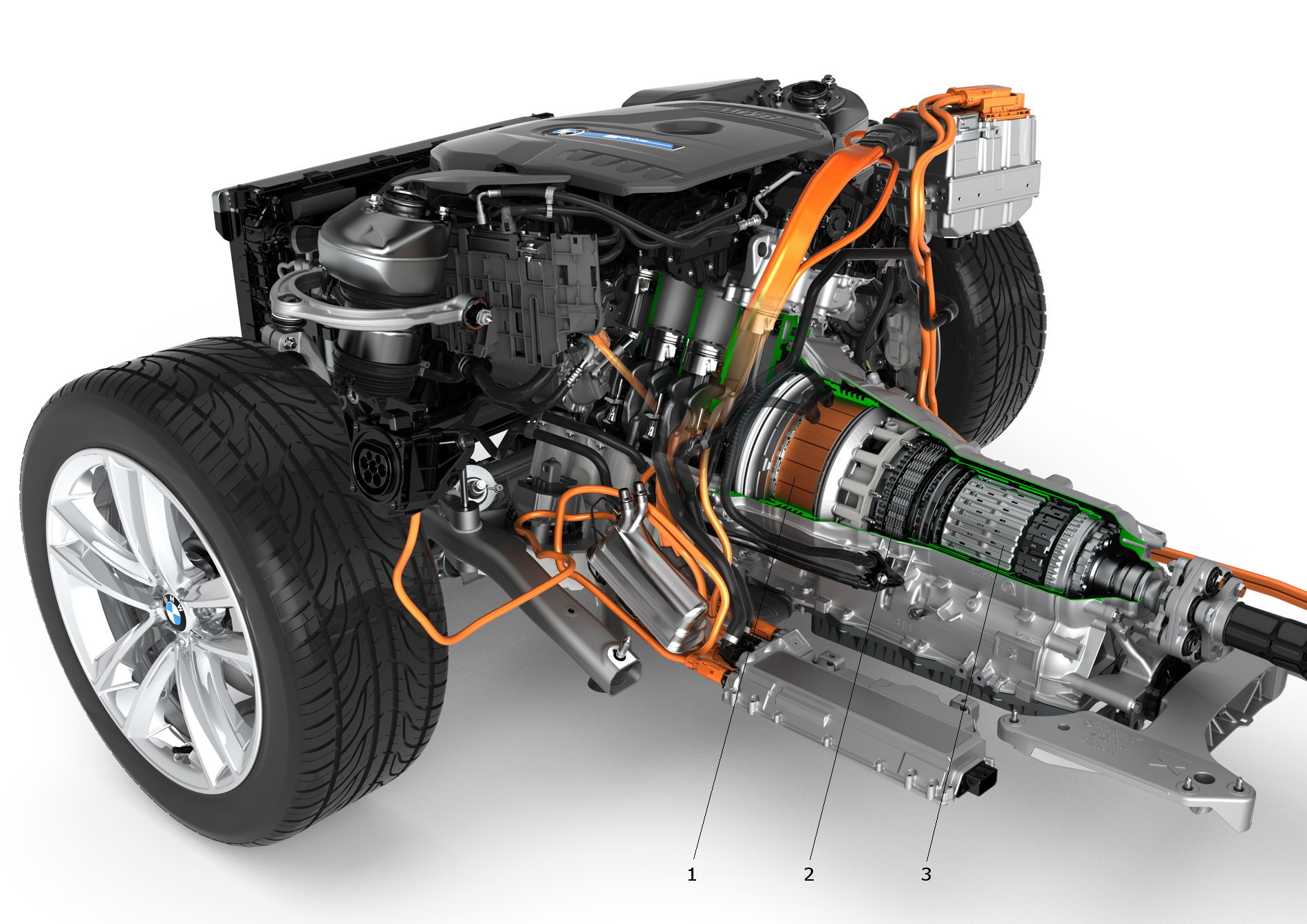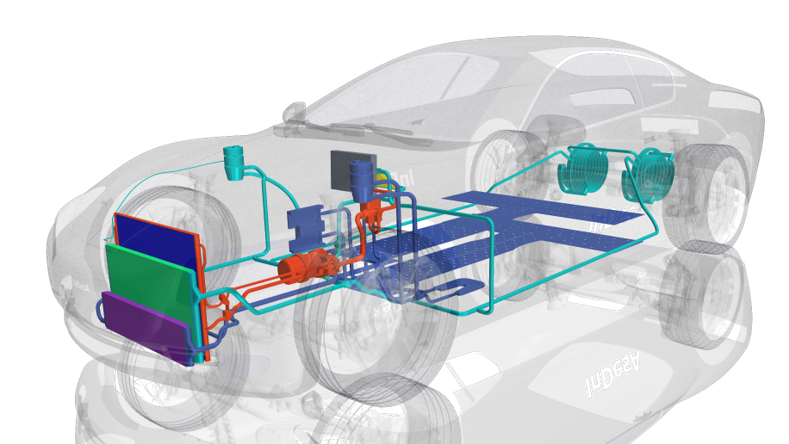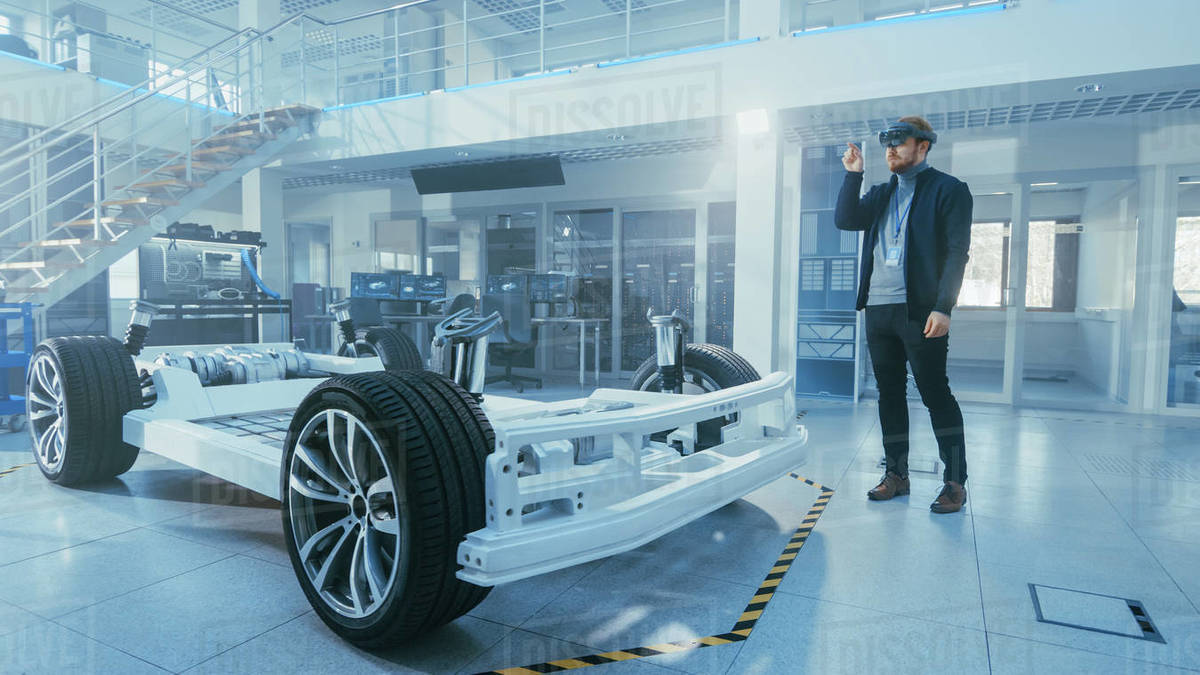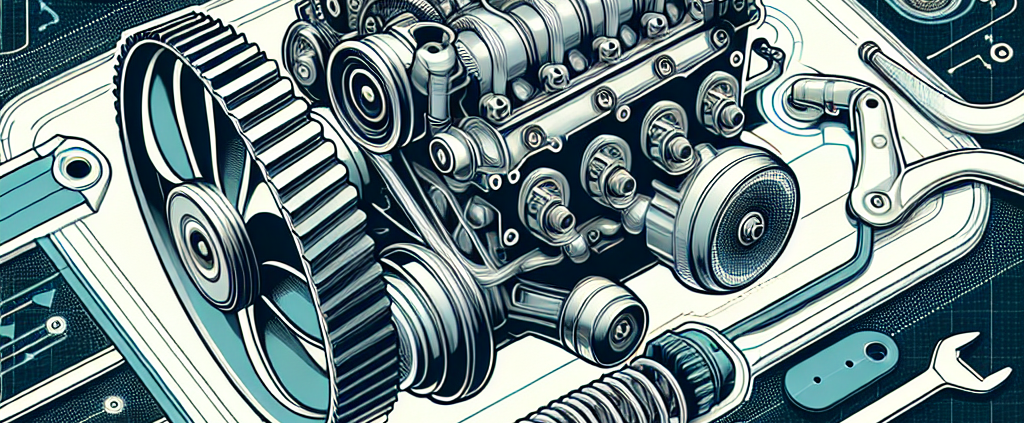Exploring Hybrid Powertrain Engineering: Bridging Sustainability and Performance
The Evolving Landscape of Powertrain Engineering: A Dive into Hybrid Technologies
As someone deeply rooted in the realms of technology and innovation, coupled with a fervent passion for automotive design and engineering, the evolution of powertrain technologies represents a fascinating intersection of my interests. The automotive industry is amidst a pivotal transformation, driven by a relentless pursuit of efficiency, performance, and sustainability. Among the myriad of advancements, hybrid powertrain technology emerges as a particularly compelling domain, embodying the confluence of traditional internal combustion engines (ICE) and electric propulsion systems.
A Brief Overview of Hybrid Powertrain Engineering
Hybrid powertrain engineering is a testament to the automotive industry’s ingenuity, offering a blend of the reliability and energy density of ICEs with the efficiency and immediate torque of electric motors. This synergy attempts to harness the strengths of both worlds, aiming to reduce emissions, improve fuel economy, and enhance driving performance. As we navigate towards a more sustainable future, understanding the mechanics and potential of hybrid systems becomes paramount.
The Technical Marvel of Hybrid Systems
At its core, a hybrid vehicle combines at least one electric motor with a gasoline engine to move the car, and the system recaptures energy via regenerative braking. Sometimes the vehicle is propelled only by the electric motor, sometimes by the combustion engine, and at times both power sources work together. This cooperation is managed by an on-board computer that optimizes the powertrain’s efficiency, tailoring it to the driving conditions and driver demands.
The configuration of hybrid systems can vary broadly; the most common types include parallel, series, and plug-in hybrids, each with unique mechanisms for energy management and propulsion. For instance, series hybrids primarily use the electric motor for driving, with the ICE acting as a generator for the electric motor. Parallel hybrids allow both the ICE and the electric motor to drive the wheels directly. Plug-in hybrids (PHEVs), on the other hand, offer the ability to recharge the battery through both regenerative braking and plugging into an external source of power, affording extended electric-only propulsion capabilities.
< >
>
Challenges and Considerations in Hybrid Powertrain Development
Despite their benefits, hybrid powertrains present complex engineering challenges. The integration of disparate systems—combining traditional mechanical components with advanced electrical systems—requires meticulous design and calibration to ensure seamless operation. The need for robust energy management strategies is crucial, as is the development of lightweight, high-capacity batteries that can endure harsh automotive environments. Moreover, the quest for optimal efficiency must be balanced with the consumer expectations for performance and affordability.
From my perspective, as someone who has always been fascinated by the intricacies of automotive engineering and as a proponent of sustainable innovation, the potential of hybrid technologies is immense. However, realizing this potential necessitates ongoing investment in research and development, as well as a holistic approach to vehicle design that integrates powertrain engineering with advancements in materials science, aerodynamics, and user interface design.
< >
>
Hybrid Powertrain Engineering: A Personal Outlook
My enthusiasm for automotive design and history, coupled with my technical background, leads me to view hybrid powertrain engineering as a crucial step toward more sustainable and innovative transportation solutions. While fully electric vehicles (EVs) continue to gain ground, hybrid systems represent a pragmatic bridge technology, offering immediate reductions in greenhouse gas emissions and fuel consumption while infrastructure and technologies for EVs mature.
As we stand at the precipice of a new era in automotive engineering, it is my belief that hybrids will play a pivotal role in shaping the future landscape of the industry. For fellow auto engineers and enthusiasts, the journey into the intricacies of hybrid powertrain technologies promises a blend of challenges and opportunities, driving forward the evolution of the automobiles that captivate our imaginations and carry us into the future.
< >
>
In conclusion, the journey of hybrid powertrain engineering is far from reaching its zenith. It is a field ripe with potential, compelling for its promise to redefine vehicular mobility. Embracing the complexity and versatility of hybrid systems not only aligns with global sustainability goals but also opens new realms of possibility for performance and efficiency, capturing the essence of automotive evolution.
For those intrigued by the convergence of artificial intelligence, machine learning, and cloud technologies in shaping next-generation automotive solutions, I invite you to explore my insights and experiences at www.davidmaiolo.com. As we navigate these transformative times, the fusion of these disciplines with automotive engineering ignites the pathway to unprecedented innovation and efficiency.



Leave a Reply
Want to join the discussion?Feel free to contribute!